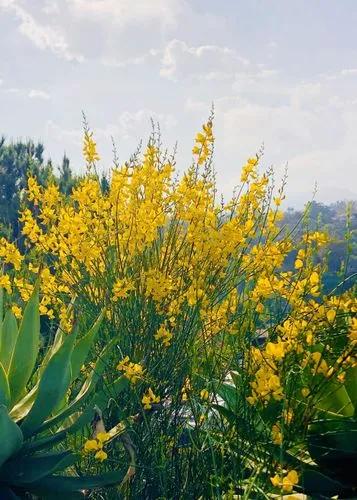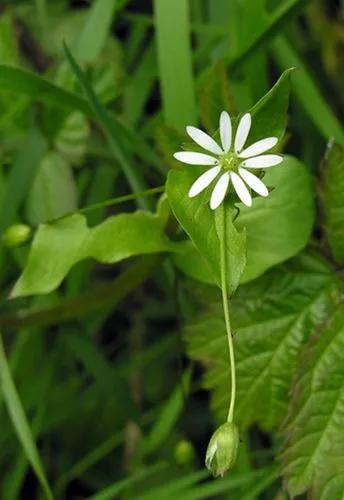Cestrum elegans, commonly called purple cestrum, is a climbing shrub-like perennial native to southern Mexico. Its arching stems are covered in fine, dense hairs, and can reach 6-10' in height with an equal spread. Leaves are elliptic in shape, with a pointed end and fine hairs along the margins.
Cestrum Elegans Care
Cestrum Elegans



Invasive in Australia and New Zealand.
How to Care for the Plant

Water

Never allow the soil to completely dry. Water the Cestrum when the top one or two inches of soil has dried. When watering, soak Cestrum thoroughly and allow the water to drain around the base.

Fertilizer

For healthier growth, feed the plants once or twice per month. Dilute the liquid fertilizer before use.

Sunlight

When grown outdoors, the Cestrum tolerate light shade or full sun. Brighter light helps encourage longer lasting blooms. If grown behind glass, the plants require bright, indirect sunlight. Place them in south-facing or west-facing windows for the most exposure to the sun.

Soil

Use large tubs, clay pots, or baskets filled with rich soil with good drainage. In warm regions, the plants can grow in the ground, if they’re not considered invasive in your area.

Temperature

Most species of Cestrum are winter hardy in USDA hardiness zones 8 to 11 and can tolerate temperatures down to 50° degrees Fahrenheit during the colder months. In the summer, Cestrum grows best in temperatures in the upper 70° degrees Fahrenheit.

Container

Potted plants require repotting every two to three years. Repot into larger containers if needed.

Popularity

62 people already have this plant 8 people have added this plant to their wishlists
Discover more plants with the list below
Popular articles






